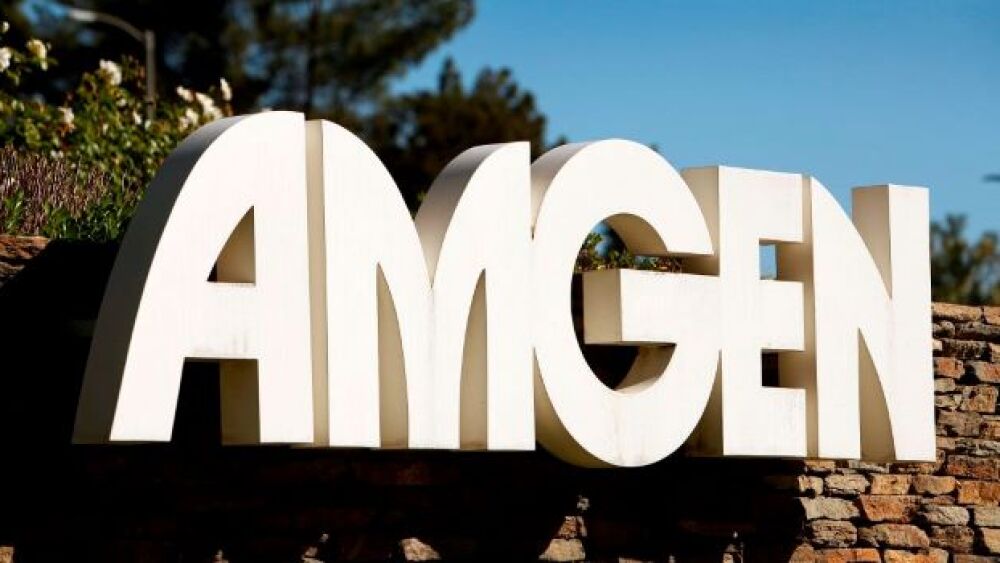Durham, NC – A new study released today in STEM CELLS Translational Medicine shows that in rats, treating a heart attack with stem cells even weeks after the attack occurred can halt deterioration and help the heart regenerate itself. In addition, the doctors delivered the cells using a patch that resulted in a higher survival rate for the stem cells and more of them migrating into the damaged tissue, where they went to work creating new blood vessels.
The team, from the University of Louisville’s Cardiovascular Innovation Institute (Louisville, KY), had previously shown in rat studies that stem cell treatment immediately following an attack aided recovery by improving blood flow in the smallest vessels of the heart. This time the goal was to determine if the treatment was still effective if applied later in time.
“We also were seeking a more efficient delivery method for the stem cells by utilizing the heart patch model. Most studies employing an injection of stem cells encounter swift cell death or cell washout from the target tissue,” said Amanda LeBlanc, Ph.D., who led the investigation along with Stuart Williams, Ph.D., the institute’s executive and scientific director.
They tested their theory by applying a patch seeded with stem cells harvested from the animal’s own adipose (fat) tissue and then cultured in the lab. They implanted the seeded patches into one group of rats two weeks after the animals had a heart attack, while another group received the patch without stem cells (to gauge whether any effects might be due to the body's response to a foreign material or whether the biomaterial itself was helping the heart pump more efficiently, regardless of cells). Two more groups of rats with induced heart attacks were given no treatment, and were carried out for two and six weeks as controls.
“This approach allowed us to study the progressive and sometimes irreversible pathological changes that occur weeks to months following an attack, such as cellular death, the beginning of scar tissue formation and thinning of the outer left ventricle wall,” Dr. Williams explained.
When they compared the results, they found that the cell patch treatment indeed stabilized the heart, preventing or halting any worsening of cardiac function and restoring blood flow to the small blood vessels. “This is why I refer to our cell patch as a ‘pause button,’ because once it was applied the heart didn't progress into worse function like the patch group without cells and the untreated six-week group,” Dr. LeBlanc said.
“That led us to conclude that the clinical potential of an autologous patch — that is, a patch seeded with the patient’s own stem cells — using adipose-derived cells is high, as the patch may be used in conjunction with existing heart attack therapies to promote small vessel survival and/or growth of new vessels following the attack,” she added.
“This study, and the authors’ previous research, both in rats, lays important groundwork in addressing such issues as the best delivery method of cells and how long after a heart attack treatment might be beneficial,” said Anthony Atala, M.D., editor of STEM CELLS Translational Medicine and director of the Wake Forest Institute for Regenerative Medicine.
The full article, “Adipose-derived cell construct stabilizes heart function and increases microvascular perfusion in an established infarct,” can be accessed at http://www.stemcellstm.com.
About STEM CELLS Translational Medicine: STEM CELLS TRANSLATIONAL MEDICINE (SCTM), published by AlphaMed Press, is a monthly peer-reviewed publication dedicated to significantly advancing the clinical utilization of stem cell molecular and cellular biology. By bridging stem cell research and clinical trials, SCTM will help move applications of these critical investigations closer to accepted best practices.
About AlphaMed Press: Established in 1983, AlphaMed Press with offices in Durham, NC, San Francisco, CA, and Belfast, Northern Ireland, publishes two other internationally renowned peer-reviewed journals: STEM CELLS® (www.StemCells.com), in its 31th year, is the world's first journal devoted to this fast paced field of research. The Oncologist® (www.TheOncologist.com), also a monthly peer-reviewed publication, in its 18th year, is devoted to community and hospital-based oncologists and physicians entrusted with cancer patient care. All three journals are premier periodicals with globally recognized editorial boards dedicated to advancing knowledge and education in their focused disciplines.
Help employers find you! Check out all the jobs and post your resume.




